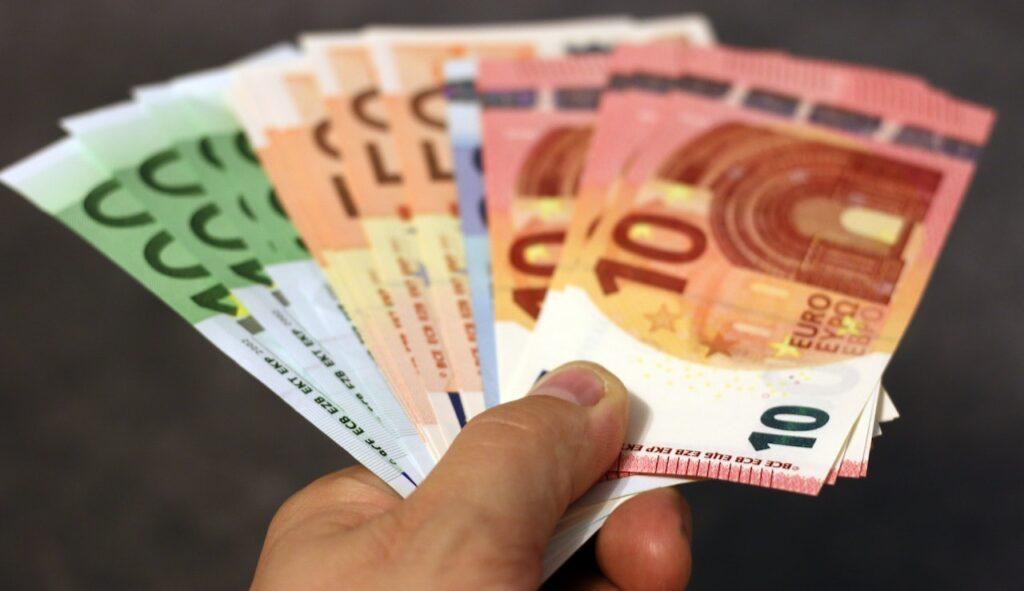”Perceived” inflation significantly higher in Germany
Consumers in Germany perceive inflation to be three times higher than the actual rate. This has an impact on willingness to buy, as a recent study by Allianz Trade shows.

In May 2023, Germany recorded an inflation rate of 6.1 per cent. However, the inflation perceived by Germans lies at 18 per cent, according to Allianz Trade.
“This is not insignificant, because perceived inflation strongly influences consumers’ actions, for example in their buying behavior. So this discrepancy plays an important role, especially for the economy and companies, as well as for interest rate policy,”
Jasmin Gröschl, senior economist at Allianz Trade said.
There are several reasons for the discrepancy, she said: Customers are paying more attention to price fluctuations for common errands such as food or fuel. If these prices rise above average, people tend to perceive a much higher inflation. Similarly, psychological aspects, demographic and regional differences, and also individual consumer behavior can lead to a distorted perception of price increases.
In neighbouring Austria, the inflation rate was 8.8 per cent higher, while in Switzerland it was significantly lower at 2.2 per cent.
“Key factors in inflation are geographic proximity to Russia, dependence on energy and food imports, government intervention to lower certain prices, and the strength of the respective currency,”
Gröschl said.
Related news
REWE Partners With Bioland To Boost Organic Product Offer
🎧 Hallgasd a cikket: Lejátszás Szünet Folytatás Leállítás Nyelv: Auto…
Read more >Aldi Süd’s German flagship store: A closer look at the discounter’s largest format
🎧 Hallgasd a cikket: Lejátszás Szünet Folytatás Leállítás Nyelv: Auto…
Read more >Kaufland tests telemedicine service in Germany
🎧 Hallgasd a cikket: Lejátszás Szünet Folytatás Leállítás Nyelv: Auto…
Read more >Related news
New Year’s Eve: shortened opening hours in stores – general store closure on January 1
🎧 Hallgasd a cikket: Lejátszás Szünet Folytatás Leállítás Nyelv: Auto…
Read more >Tejföl is only a name for live flora: new categories for sour dairy products will be introduced from 2026
🎧 Hallgasd a cikket: Lejátszás Szünet Folytatás Leállítás Nyelv: Auto…
Read more >Sausage prices before New Year’s Eve: cheap entry, expensive premium – how big is the gap on the shelves?
🎧 Hallgasd a cikket: Lejátszás Szünet Folytatás Leállítás Nyelv: Auto…
Read more >






